How to Maintain a Green and Healthy Lawn
Everyone desires a well-kept, attractive lawn to surround their home. The good news is that you don't need to slave over your lawn in order to keep it healthy. In fact, it's not so much the amount of work you put into your lawn as it is when and how you do that work. The following practices are highly encouraged for a healthy lawn.
Adapt Your Cutting Height to the Season
The best grass cutting height is determined by the type of grass, the region you're in, and the time of year it is. For example, use a 1-1/2 in. cutting height for cool-climate grasses on the first mowing of the year to remove dead grass and allow more sunlight to reach the crowns of the grass plants. During the summer, raise the blade to two inches or more. Then, for the final cut of the year, return the blade to 1-1/2 in. These heights will be about a 1/2 inch lower for warm-climate grasses. When adjusting the height of your blades, measure from a hard surface to the bottom of the mower deck and add 1/4 in. to that measurement. Most blades sit 1/4 in. above the bottom of the deck.
Make Use of a Sharp Mower Blade
A sharp, well-maintained blade cuts grass cleanly and evenly. A dull one tears the grass rather than cutting it cleanly. Damaged grass turns yellow and is more susceptible to disease. An unbalanced blade exacerbates the problem and can damage the bearings in your lawn mower. Sharpening and balancing a blade three times a year is usually enough to keep it sharp.
A Few Good Soakings Are Preferable to Numerous Light Sprinklings
Irrigation encourages the development of deep roots that tap into subsurface water supplies. Light sprinklings only moisten the grass and soil surface, which encourages shallow root growth and increases the need for more frequent irrigation. Lawns typically require 1 to 2 inches of water per week from you or Mother Nature. However, this varies greatly depending on the temperature, grass type, and soil conditions. Because sandy soils drain quickly, lawns in sandy soils may require twice as much irrigation. Lawns in slow-draining clay soils may require half the amount.
Remember That Timing Is Everything
Consider variables such as geographic location, grass type, weed type, and soil conditions when applying weed killers and fertilizers. A nursery or garden center that's familiar with local conditions is the best resource for identifying and troubleshooting weeds. Perennial weeds have a lifespan of more than two years, according to Rutgers. It's important to understand exactly what's on your lawn and how to best handle those species.
Aerate Your Lawn
Grass roots require oxygen in addition to water and nutrients. Aerating is the process of removing small plugs of soil. This process has numerous advantages. It enhances air-soil interaction and makes it easier for water and fertilizer to penetrate the soil. It also loosens the soil and makes room for roots to grow. A gas-powered aerator, which is available at most rental centers, is the best tool for this task.
A well-aerated lawn allows grass roots to grow, reproduce, and absorb more oxygen, moisture, and nutrients. The plugs, which are made of thatch and soil, decompose quickly. A compacted lawn's roots have difficulty absorbing air, water, and nutrients.
For more exclusive lawn maintenance tips like these, give Exclusive Lawns a call today. Our experts are always available to help you with all your landscaping and lawn care needs.

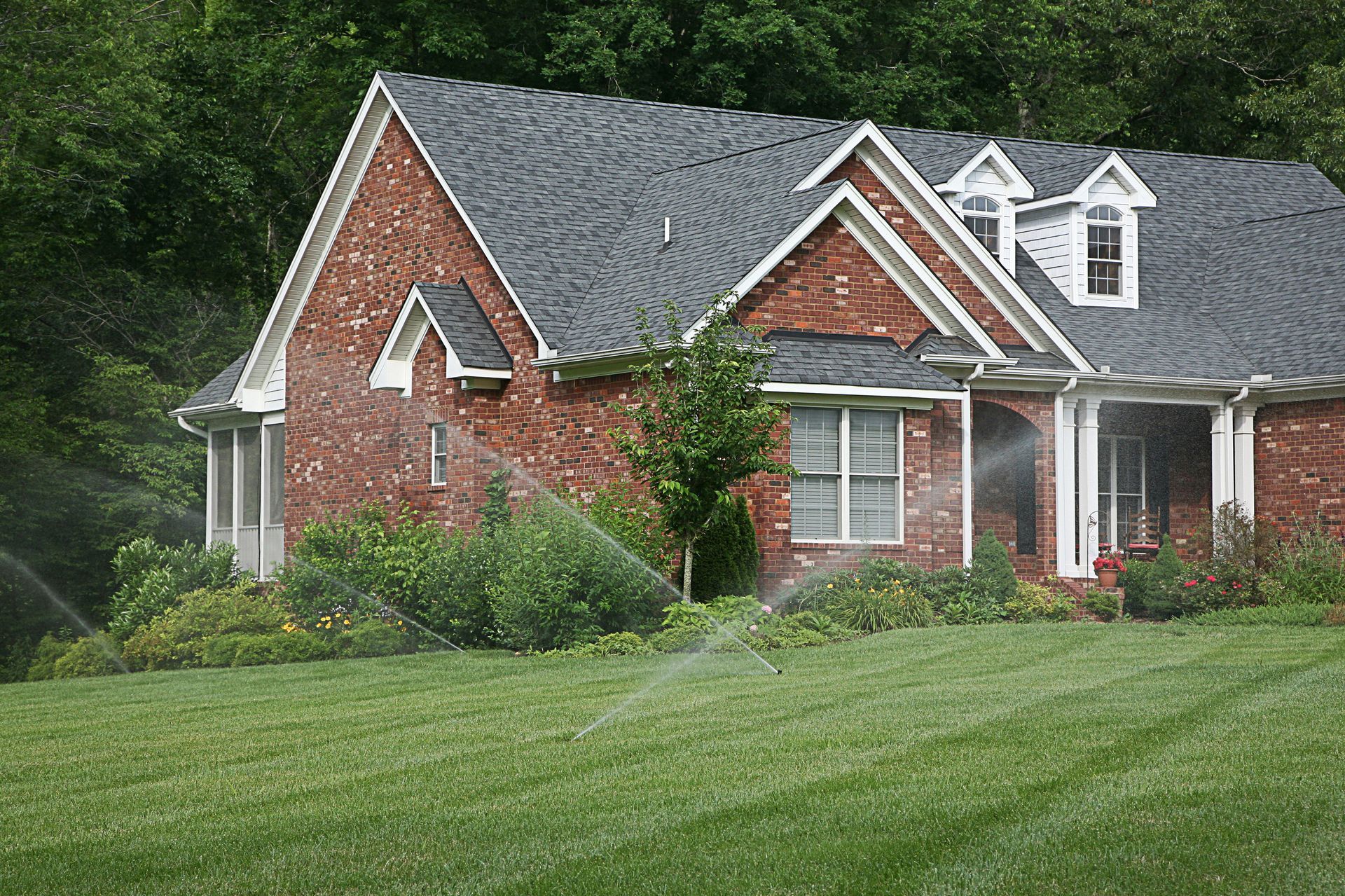
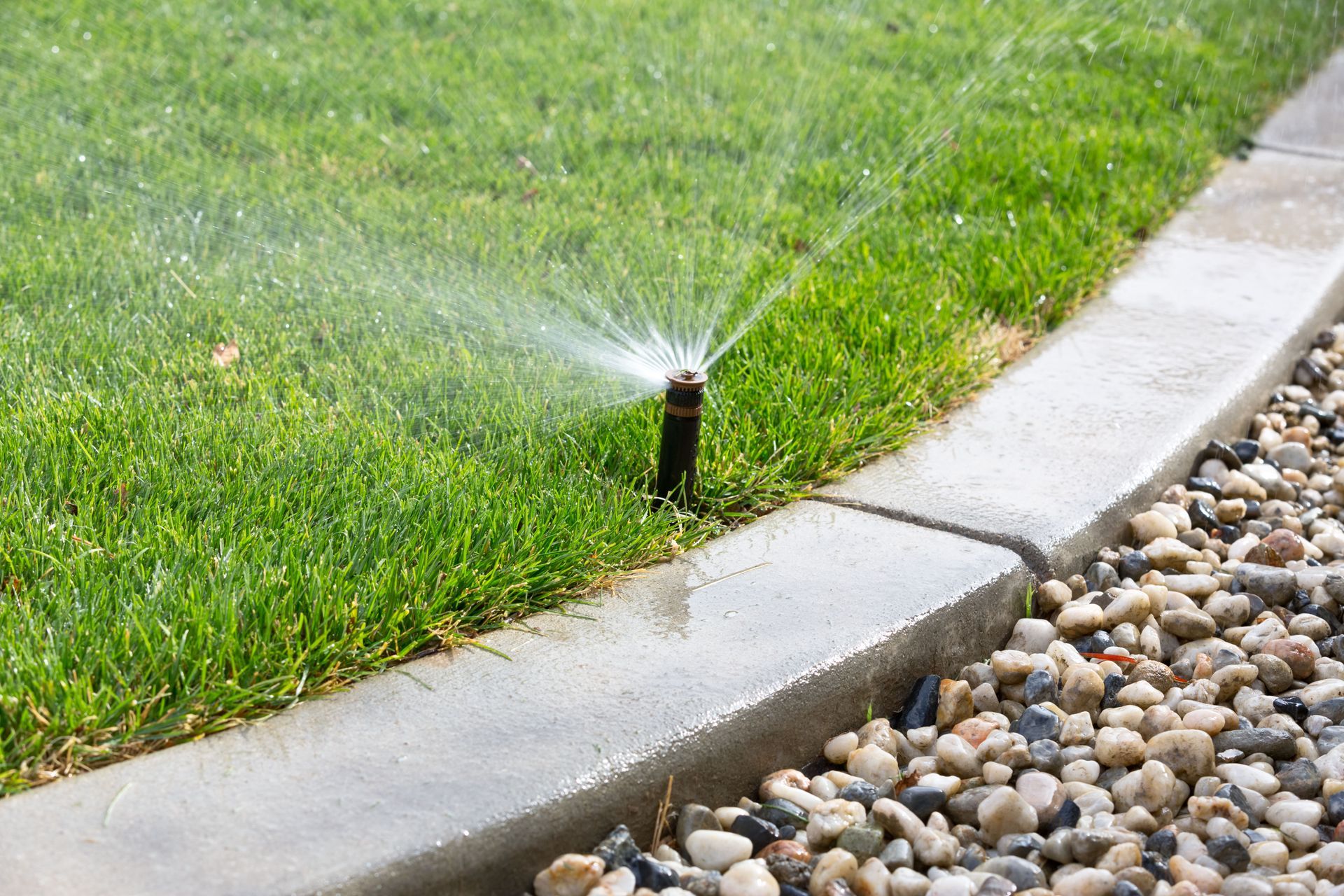
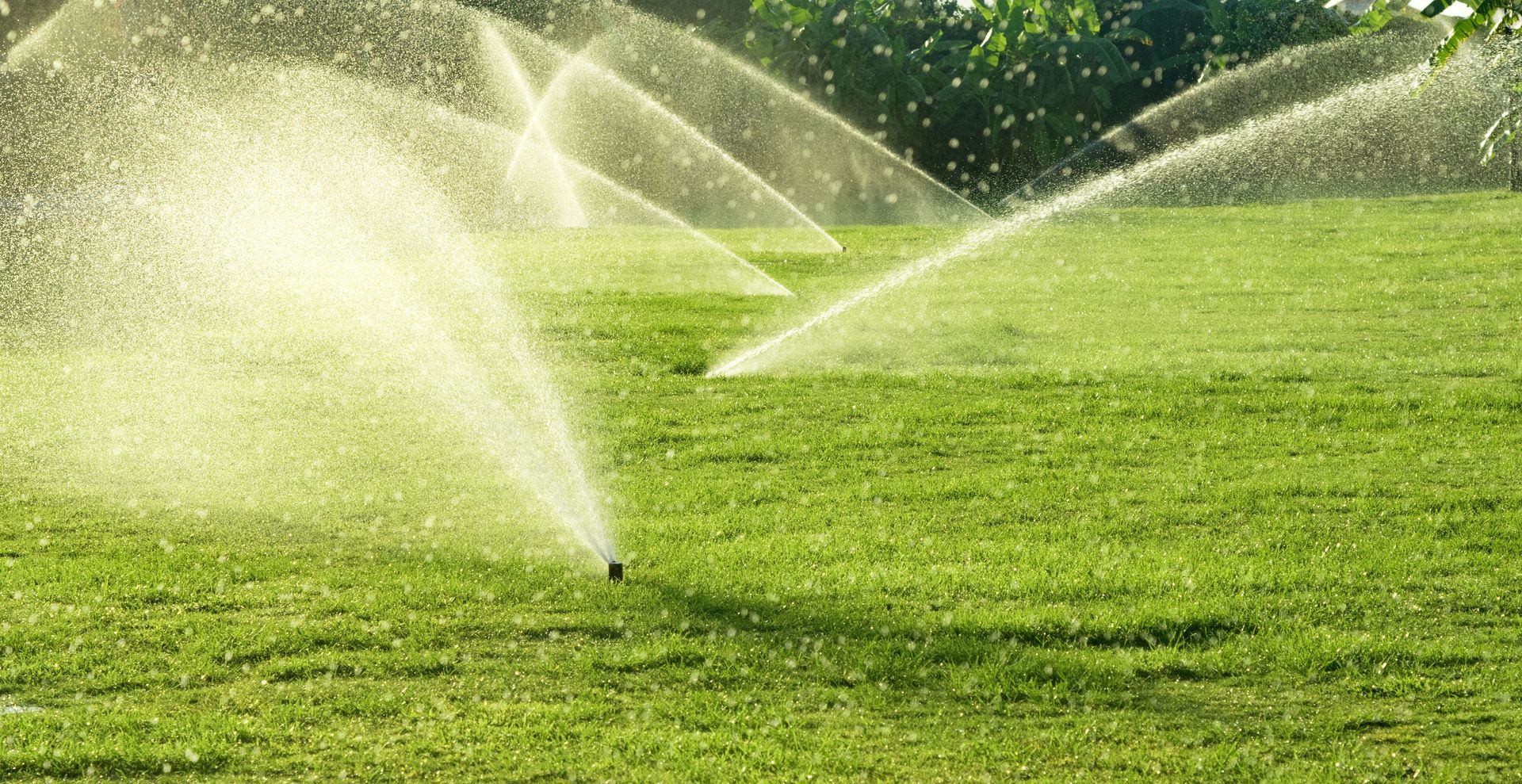
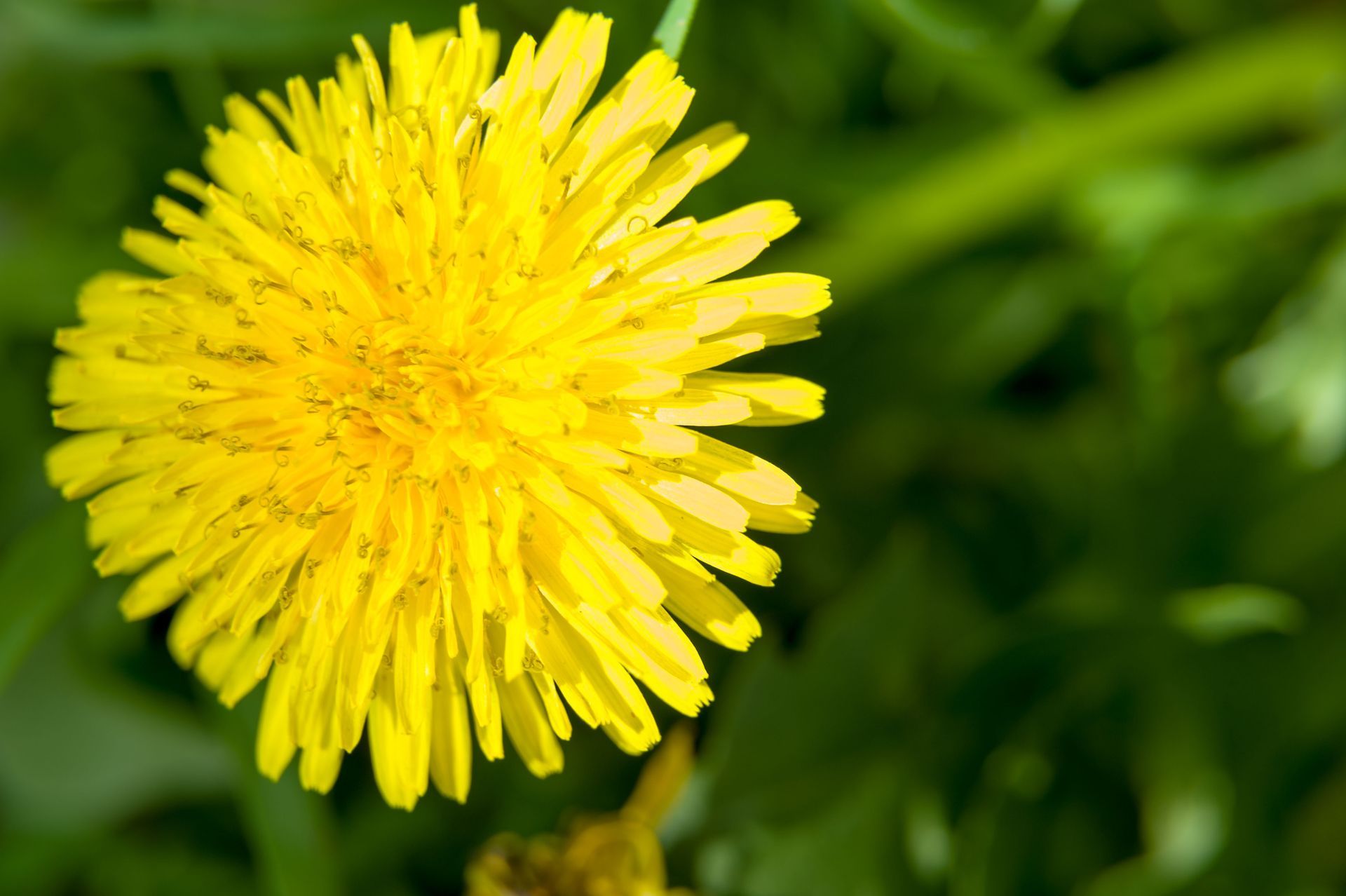
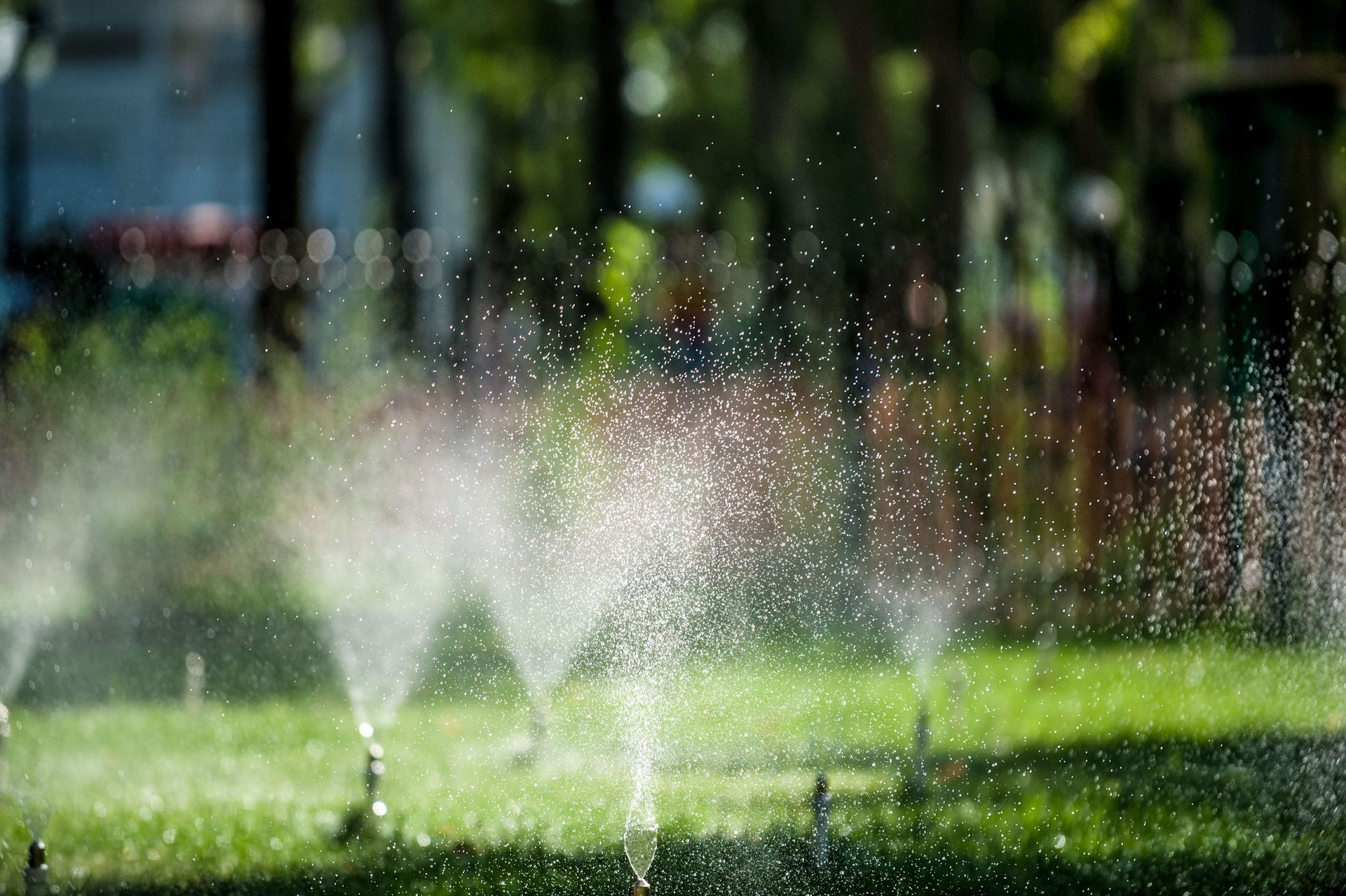

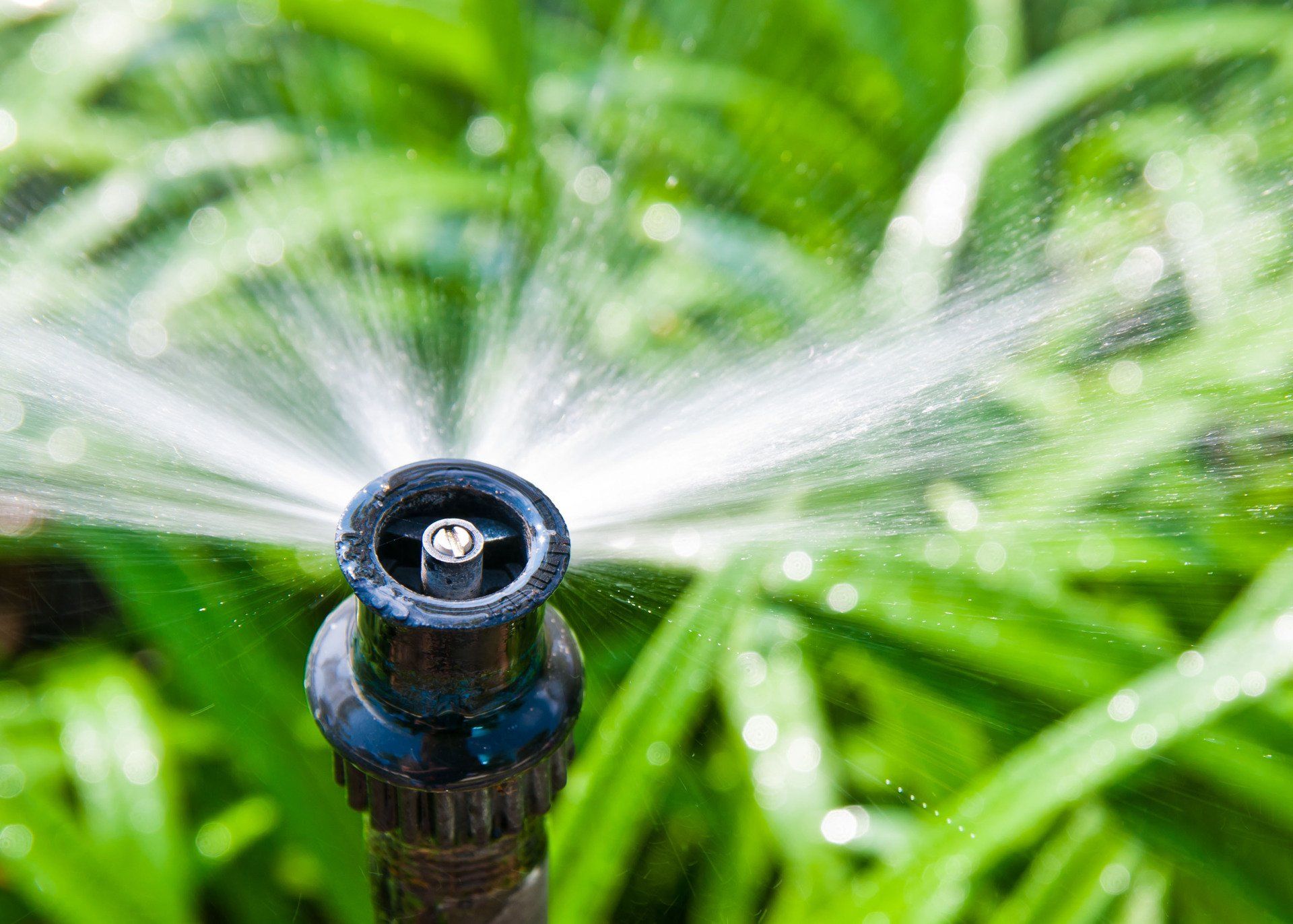
Share On: